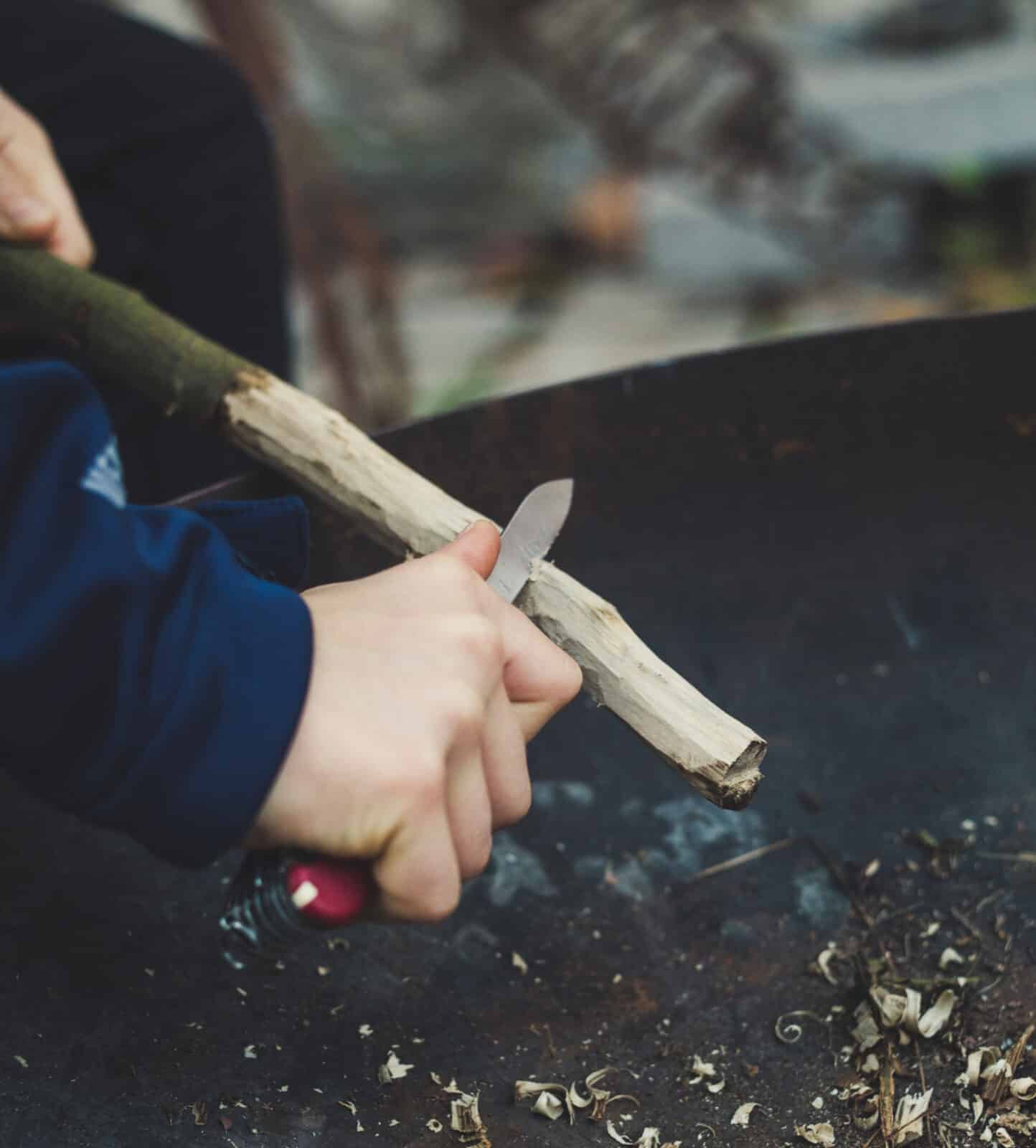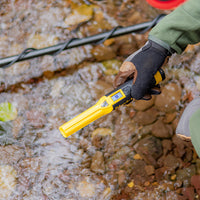The average American child spends about four to seven minutes playing outside each day but more than seven hours in front of a screen. While online learning tools can enhance the education experience, kids still need time to play in nature. The outdoors fosters curiosity about plants and animals while getting the blood pumping with exercise and fresh air. This can improve academic performance while also building social awareness.
If you are looking for an educational project to do with your child or students, consider finding ways for them to engage with the natural wonders around them. Here are a few great ideas and experiences for kids and parents or for students in your classroom to do together.
Build Makeshift Ecosystems
An ecosystem is a collection of plants and animals that thrive together in a singular environment. Every non-invasive animal and plant around you plays a role in the ecosystem. Even the annoying mosquito that bites you during the summer is a food source for birds and spiders.
When kids understand how animals interact with each other to ensure survival, they can grow into adults that want to protect these creatures. Removing an animal from its environment (like eradicating snakes) can significantly harm the populations of other mammals, birds, and reptiles.
Consider developing mini ecosystems in your backyard or school green space where you can observe animals that interact with them. For example, you can plant bee-friendly plants and notice other bugs and flowers that start to grow around them. You can hang bird feeders and houses to watch see if any families build nests and have babies in your backyard. It’s not always easy getting hands-on experiences in nature, so sometimes you have to bring nature to you.
Play the Eye Spy Critter Contest
Your kids or students don’t have to be old enough to understand the concept of ecosystems and environmental preservation to develop a love of nature. Consider playing an eye-spy game where you try to find as many different animals as possible. You can play this in your backyard or travel to a nearby park or hiking area.
A big part of identification is learning to describe the critters your child sees. They don’t have to know the difference between a bluejay and a robin, but they can learn to name the colors, patterns, and behavior of the animals they see.
Consider going on an outdoor safari to describe animals and plants. This could be a walk around the school or an actual hike for parents with kids. Just describe the animals and consider either drawing them or taking pictures of them. Then, back in the classroom (or at home) go through your discoveries and name what you saw. You might be surprised by how many animals your kids “spied” during this mini excursion.
Take Up Indoor Gardening
You don’t need a greenhouse (or even a yard) to introduce kids to the beauty of gardening. More teachers are adding plants to their classrooms, whether they are developing herb gardens for students to grow or simply placing a few succulents around the room.
First, decide what kinds of plants you want to grow and why. Do you want a mini vegetable garden to teach kids where their food comes from? Do you want to grow flowers so students can see what the lifecycle looks like from seed to bloom?
Indoor gardening isn’t an outdoor activity, but it can lead to curiosity about plants when students are out in nature. They can search for ferns reproducing with spores or identify pinecones that spread their seeds when they open up. Indoor gardening can also help you introduce the concepts of biodiversity and why it is so important to have different types of plants in every yard.
Invest in Insect Farms
If you already feel comfortable working with plants in the classroom or at home, consider investing in insect farms and kits that help students interact with these small animals. An ant farm can highlight how these creatures have complex societies with different rooms throughout the tunnels. Depending on the species of ant, students might be able to identify the different roles that each ant plays (drone, worker, brood, etc.).
Monarch butterflies offer another type of insect farm for students. You can find specific classroom kits or take steps to plant milkweed in your yard. Kids will be fascinated by the growth process of caterpillars, which eventually form cocoons and emerge as butterflies.
Look into classroom-specific insect kits instead of searching for hobbyist kits in your area. Some insect projects (like keeping bees) should be left to professionals. If you want your students to engage with these insects, consider asking a specialist (like a beekeeper) to speak to your class. Parents can also look into local events that connect students with insects in a safe manner.
Take a Nature Hike or Walk
Simply spending time in nature can have a big impact on kids. Going for a walk can create a positive experience with exercise (especially for kids who aren’t interested in sports).
Walking and hiking aren’t just physical, it is also educational. There are multiple ways to connect time in nature to what kids are learning in school. Along with the eye-spy game, consider creating a scavenger hunt or bingo card for items that kids need to find. These challenges can range from positive experiences (like finding three different spiders) to important lessons (like counting the pieces of trash you find and pick up to throw away later).
If you can take your kids or students hiking frequently, consider investing in tools to enhance the experience. This could include a few sets of binoculars or metal detectors to find lost items. There are multiple types of metal detectors and treasure finders depending on your goal. Plus, this purchase can be an investment for your classroom that lasts several years.
Join or Form a Park Cleanup Crew
There are multiple ways to connect with nature and help the community at the same time. One great example for kids and teens of any age is to form a trash clean-up crew. There are many benefits of picking up trash in your area:
- Kids can see just how quickly spaces get covered in litter.
- They can learn which items are most likely to get thrown out.
- They can appreciate how clean the space looks after it has been cleaned.
- Students and kids can learn how working together makes a big project easy – everyone contributes a little bit to complete the job fast.
Consider adopting a stretch of road to keep clean or signing up for community cleaning events in your area. This is something you can do as a family at least once per month.
Get Creative With Sidewalk Chalk
Not every outdoor activity has to involve nature. Even spending time outside playing on the sidewalk can engage kids and give them a break from the classroom. There are multiple ways to build sidewalk chalk into your lesson plans. A few ideas include:
- Create math problems that students write out and solve on the sidewalk.
- Ask students to create protest signs while learning about the Civil Rights Movement
- Assign each student a vocabulary word and ask them to draw what the word is like in chalk.
- Challenge students to create science diagrams in chalk.
Sidewalk chalk is a fun tool for students to prove that they understand the material without having to complete worksheets or give presentations in class.
Connecting students to the outdoors can make the lessons they are learning at school memorable and fun. Both parents and teachers can use these ideas to make students excited about going outside and happy to review their classroom materials.







0 comments